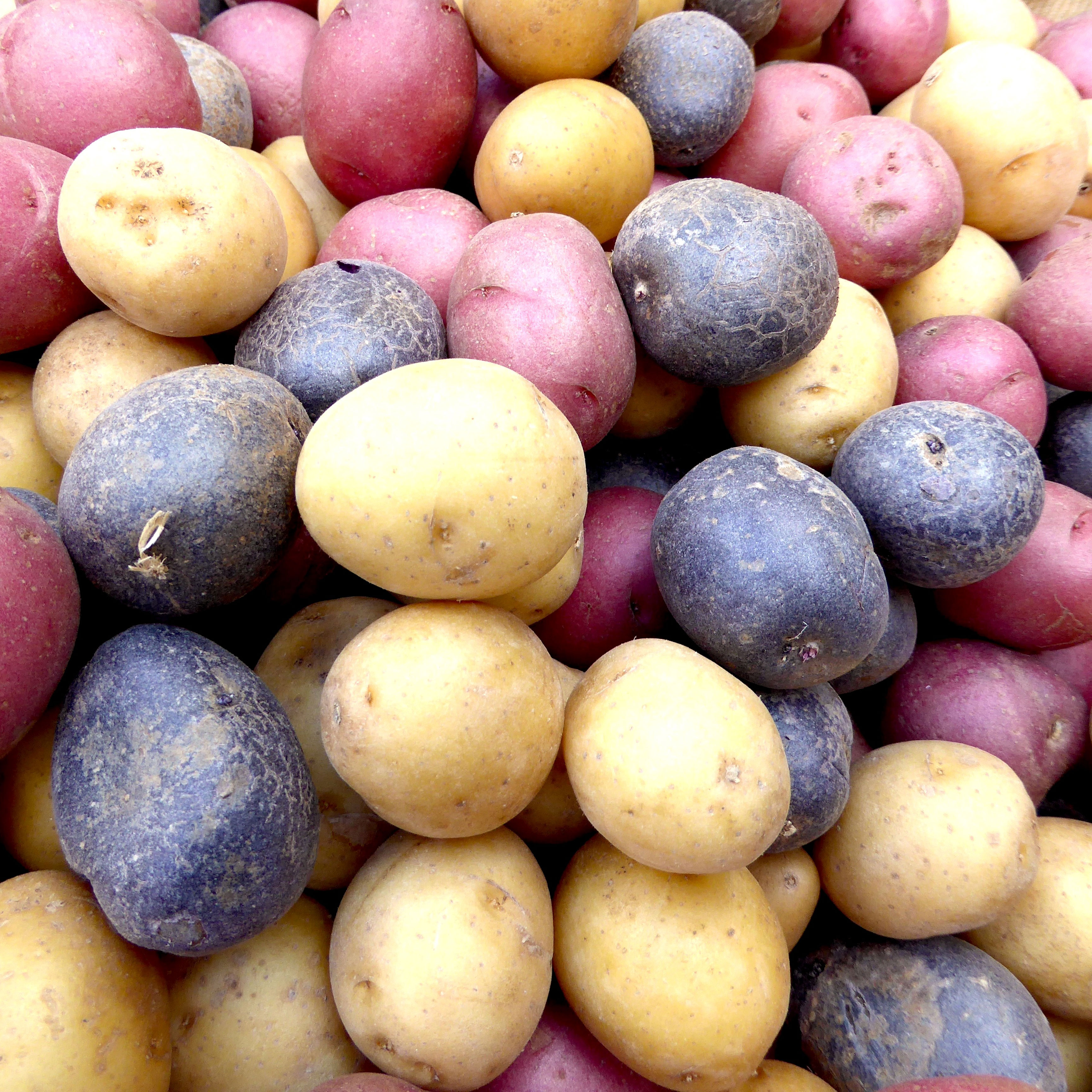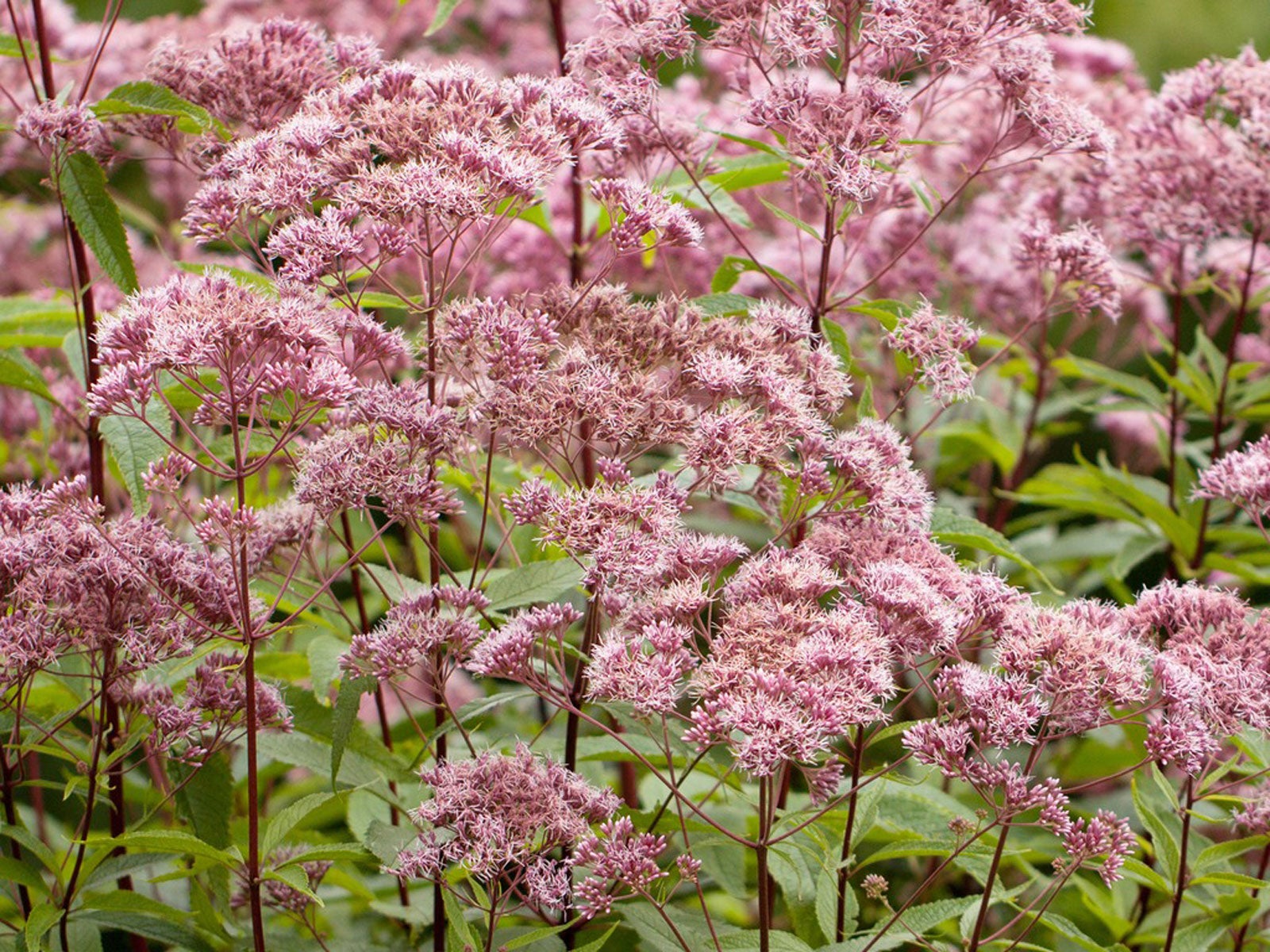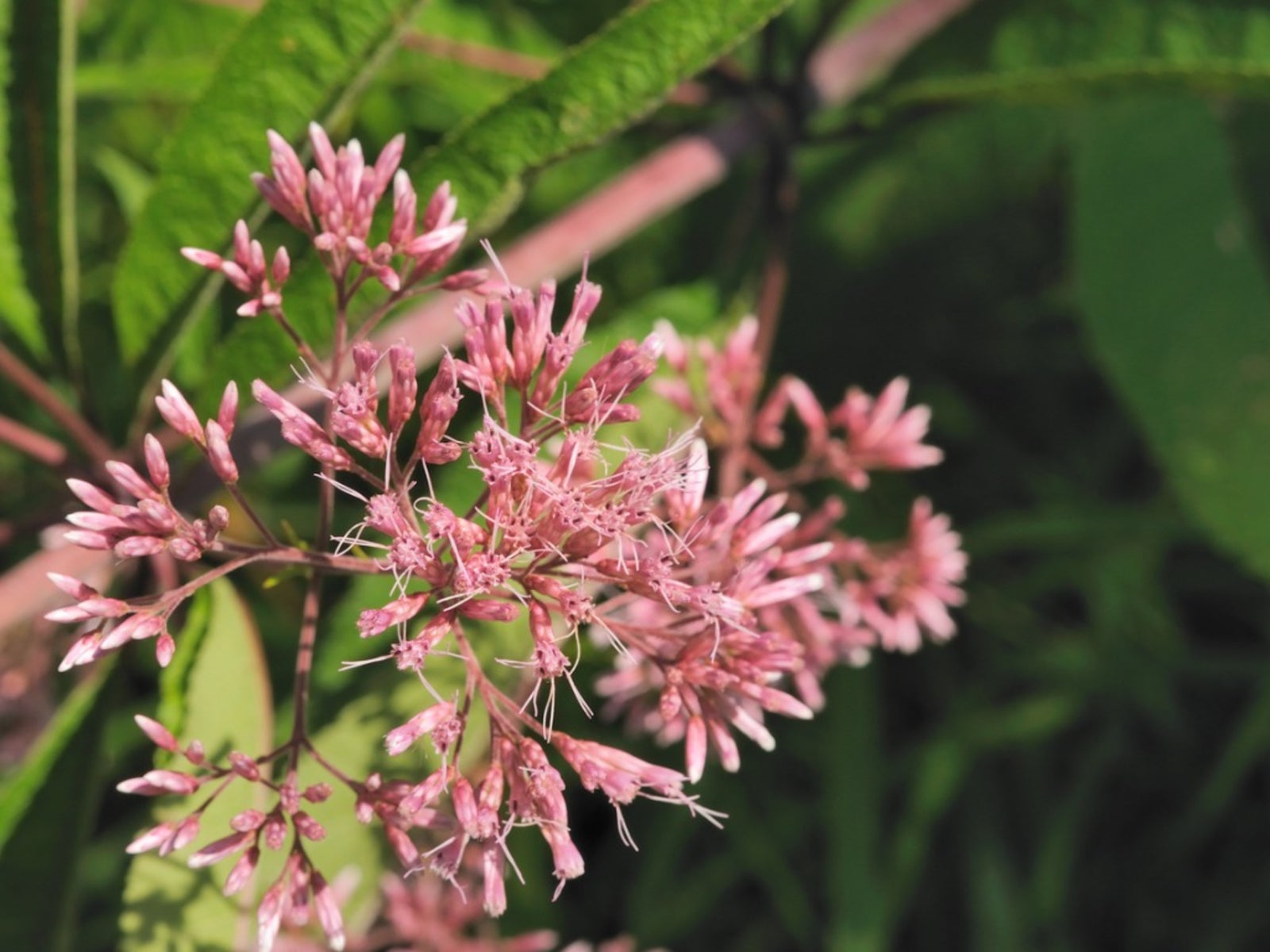Joe-Pye Weed Care - Growing Joe-Pye Weed Flowers And When To Plant Joe-Pye Weed


Eupatorium purpureum, or Joe-pye weed as most people know it, is far from an unwanted weed to me. This attractive plant produces pale pink-purple flowers that last from midsummer through fall.
It's a great addition to nearly any garden and a must have for wildlife lovers, attracting a multitude of butterflies with its sweet nectar. Growing Joe-pye weed flowers is a wonderful way to bring a little bit of nature to your backyard.
What are Joe-Pye Weed Flowers?
Joe-pye weed flowers were named after a New England man that used the plant medicinally for helping people with typhus fever. In addition to its medicinal properties, both the flowers and seeds have been used in producing pink or red dye for textiles.
In their native environment, these plants can be found in thickets and woodlands throughout the eastern half of North America. The plants are hardy from USDA Zones 4 through 9. They reach heights of anywhere between 3 and 12 feet (1-4 m.), offering great focal interest when using Joe-pye weeds in the garden. In addition, the flowers have a light vanilla fragrance that becomes more intense when crushed.
Growing Joe-Pye Weed
Joe-pye weeds in the garden prefer full sun to partial shade. They also like to be kept somewhat moist in average to rich soil. Growing Joe-pye weed will even tolerate wet soil conditions but not overly dry sites. Therefore, in areas with hot, dry summers, plant these ornamental beauties in partially shaded locales. Spring or fall is the most suitable time for when to plant Joe-pye weed.
Due to the large size of Joe-pye weed, it makes a great background plant but also needs plenty of room to grow. In fact, they are best planted on 24 inch (61 cm.) centers as they will eventually form large clumps. When growing Joe-pye weed in the garden, group it with similar woodland plants and ornamental grasses. For those that don't have this wildflower presently growing on your property, you can usually find them in nurseries and garden centers.
However, many of these Joe-pye weed plants are sold as E. maculatum. This type has more foliage and the flower heads as its wild counterpart. ‘Gateway', which is now available in the Gardening Know How Shop, is a popular cultivar for home gardens as it is a somewhat shorter variety.
Gardening tips, videos, info and more delivered right to your inbox!
Sign up for the Gardening Know How newsletter today and receive a free copy of our e-book "How to Grow Delicious Tomatoes".
Joe-Pye Weed Care
There's little maintenance involved with Joe-pye weed care. The plant does enjoy regular, deep watering and will withstand heat and drought fairly well when the soil is kept moist or shade is provided. A layer of mulch will help retain moisture levels too.
Older plants can be divided and replanted in the early spring as new growth starts or fall. When the center dies out of Joe-pye weeds in the garden, then it's time for division. You need to dig up the entire clump, cutting away and discarding the dead center material.
You can then replant the divided clumps. Plants die back to the ground in late fall. This dead growth can be cut back or left over winter and cut in spring. Although it's not the most recommended form of propagation, Joe-pye weed plants can be grown from seeds. They require stratification for about ten days at 40 degrees F. (4 C.).
Do not cover the seeds as they require light for germination, which on average takes about two to three weeks. Root cuttings can also be taken in the spring.
This article features products available from third party vendors on the Gardening Know How Shop. Keep in mind that our plant inventory is limited—so if you’re thinking of purchasing, don’t wait!

Nikki Tilley has been gardening for nearly three decades. The former Senior Editor and Archivist of Gardening Know How, Nikki has also authored six gardening books.
-
 Growing Climbing Roses: How To Create Elegant Displays With Maximum Blooms
Growing Climbing Roses: How To Create Elegant Displays With Maximum BloomsMaster the art of growing stunning climbing roses with this essential guide to creating vibrant, fragrant walls and structures all summer long.
-
 Tuck Into Tasty Homegrown Heritage Spud Varieties: 7 Of The Best Heirloom Potatoes
Tuck Into Tasty Homegrown Heritage Spud Varieties: 7 Of The Best Heirloom PotatoesDo you love your potatoes but fancy a little unique flavor? If you’re interested in taters with a heritage twist, here are some of the best heirloom potatoes to try
-
 Types Of Eupatorium: Tips For Distinguishing Eupatorium Plants
Types Of Eupatorium: Tips For Distinguishing Eupatorium PlantsDistinguishing Eupatorium plants can be confusing, as many formerly included in the genus have been moved. Learn to distinguish them here.
-
 Controlling Joe-Pye Weeds: How To Remove Joe-Pye Weed
Controlling Joe-Pye Weeds: How To Remove Joe-Pye WeedWhile many people enjoy this attractive looking plant, some gardeners would prefer to remove Joe-pye weed. If you are one of them, this article has tips for getting rid of joe-pye weed in your garden.